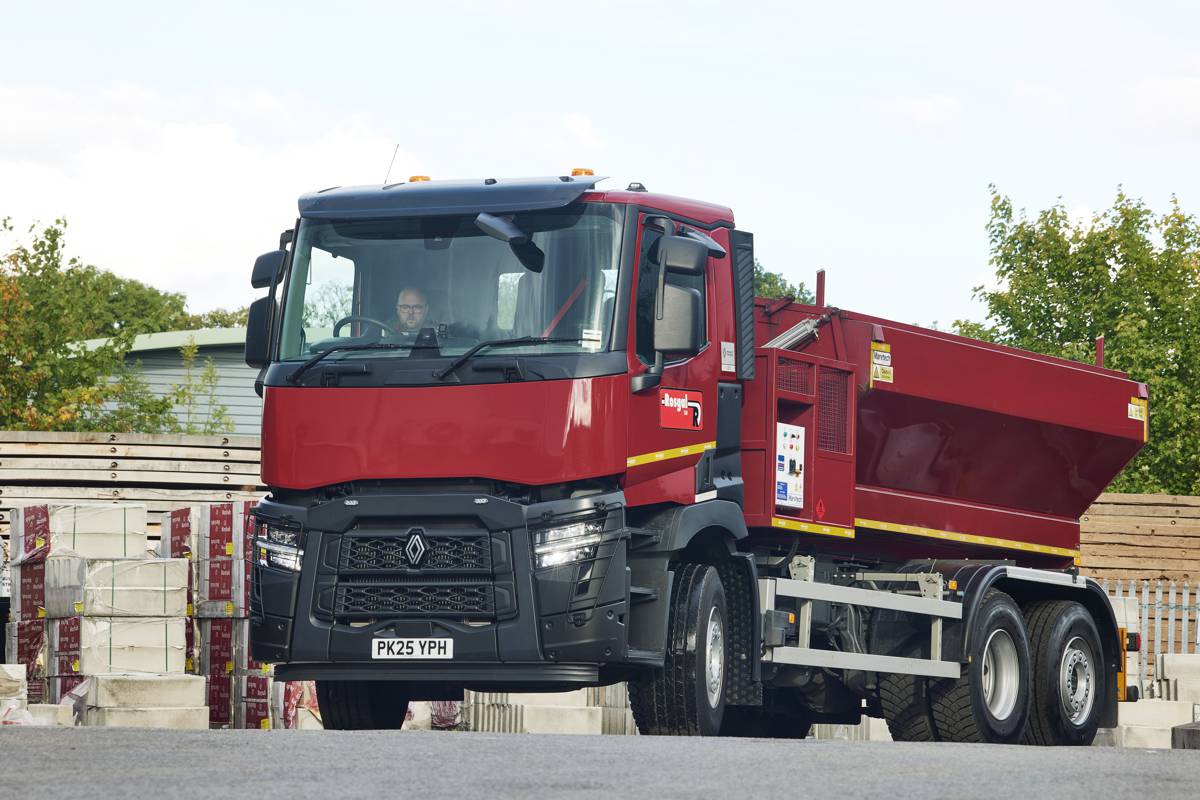4 popular types of welding procedures on construction sites
Welding is used by most industrial companies such as automobile manufacturers, railway systems, aerospace, and most especially, a construction business. It goes without saying that this sector is a money-making industry.
However, according to GoWelding, most welding businesses fail to keep up with the competitive market because of bad quality weldments. Another is also a shortage of labor workers in this field. Last but not the least is bad training.
For construction sites that use a lot of these welding processes, theory and hands-on practice are imperative such as learning the different welding procedures or simply knowing the various welding rod sizes. That said, whether you’re establishing a construction business or welding company, it’s crucial that you familiarize yourself first of the 4 most popular types of welding procedures.
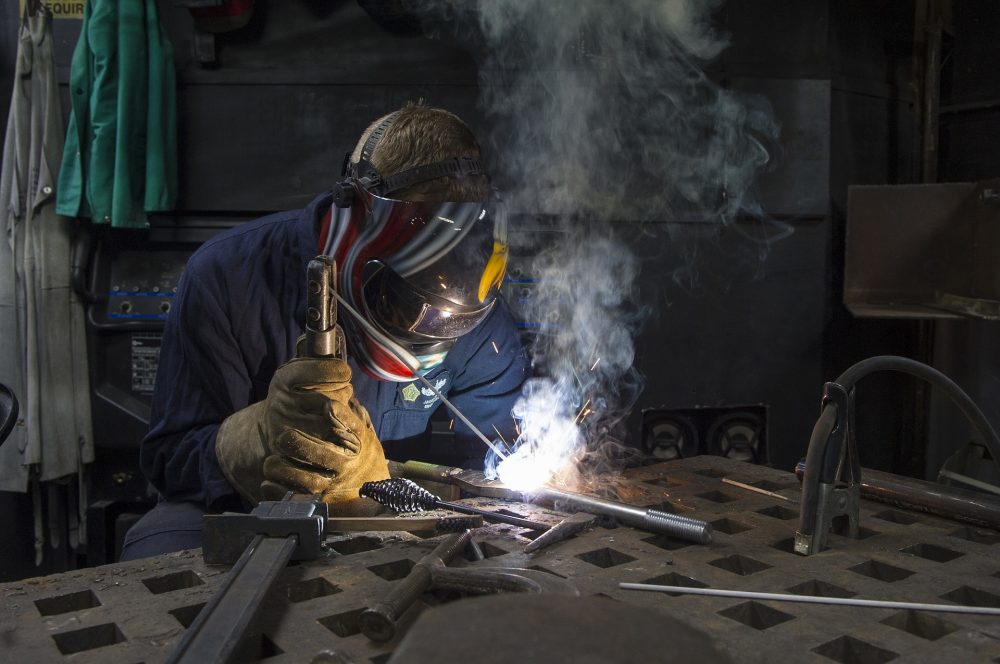
ARC/SMAW Welding
Arc welding or otherwise known as SMAW (Shielded Metal Arc Welding) is mainly used for connecting steel structures. It’s also a typical process in the fabrication of industrial steel and iron.
This type is also categorized as stick welding and is usually done manually. An operator uses a stick that relies on an electric current. The operator then applies the stick to the weld area. The heat then creates an arc between the two materials – the stick and the metals.
First of all, make sure that you use a stick rod that is suitable for your machine. Then set up your machine properly to ensure that the particular stick welding electrode setting is correct. Different settings involve DCEN (DC Negative), DCEP (DC Positive), or Alternating Current (AC).
Each current type will produce varying arc settings. DC negative has less penetration than DC Positive, making the latter better for sticking thicker materials. On the other hand, AC and DC Negative are better for welding thinner materials.
Now, when setting up your machine, you also set up the amperage. A perfect starting point would be .001 inches or 1 amp. From there, you can adjust the amperage depending on the arc patterns that you’re aiming for.
The next factor to remember when using this technique is the arc length. Arc length refers to how far the workpiece and the electrode are. Remember that your arc length affects your welding voltage. That means, always ensure to maintain the same arc length diameter to that of your electrode.
One upper hand of this welding technique is that it doesn’t need any expensive equipment to complete a weldment. Plus, there is no need to use a shielding glass. Hence, this type is great for portability.
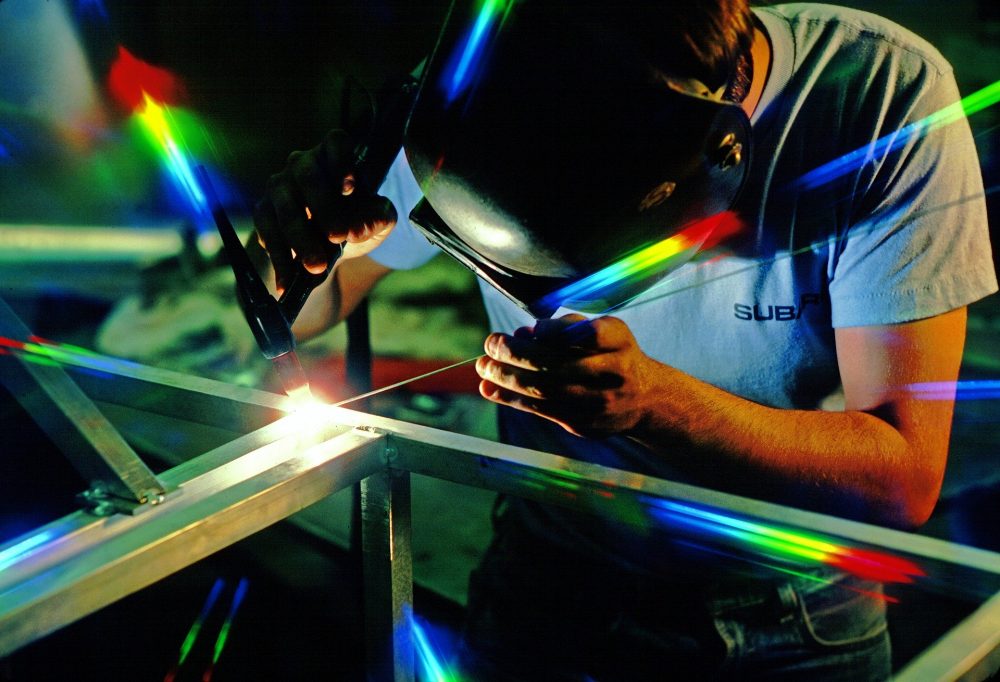
TIG/GTAW Welding
Compared to all the other welding procedures mentioned on this list, the TIG (Tungsten Inert Gas) or GTAW (Gas Tungsten Arc Gas Welding) method is considered to be the most complicated. As the term suggests, this type utilizes a tungsten electrode to join metals together.
An operator must be skilled enough to handle this complex procedure as it needs two hands for achieving quality welds. While one hand heats the TIG torch onto the non-ferrous material to form an arc, the other hand fuels the welding rod.
And while this is the most difficult to learn, it’s also the most useful as it can be done on any welding projects – big or small. This technique can be used to weld brass, copper, magnesium, bronze, stainless steel, aluminum, steel, nickel alloys, and even gold!
The thing about TIG welding is that it produces cleaner welds due to the control mechanism. The heat is controlled using a foot pedal. This method allows the welder to either cool down or heats up the weld, creating precision in bead control.
This technique only uses the needed filler metal amount to the welding puddle, preventing sparks or spatter. Additionally, the Argon gas also shields the puddle from contamination. This way, there is no flux or slag to hinder a welder’s view. Lastly, this technique doesn’t produce fumes or smoke because there are no contaminants in the welded material.
Some of the TIG machines may come with different features and one of them is the high frequency start feature. This feature omits the step which is physically striking an arc. Once the power supply creates the short high voltage moment, the TIG torch is then activated. In turn, it creates an arc with a one-inch distance between the metal and torch.

MIG/GMAW Welding
Contrary to TIG welding, MIG (Metal Inert Gas) or GMAW (Gas Metal Arc Welding) is every homeowner’s favorite procedure as it’s very easy to learn. And compared to SMAW, it uses a shielding gas on the wire electrode for heating.
This method would also need a constant current power source. Even though this is popularly used in household welding projects, this type is also used by industrial companies because it can be automated.
This technique is considered as a semi-automated technique. And although it would still require ample skills, the machines for MIG welding usually do the work by filling the materials being welded. In addition, the welder also doesn’t need to change the electrodes in between welds.
MIG welders need to consider these four factors when adopting this method. The first one is obviously the power supply to create heat from electricity. The second one is the wire feed system that involves a spool feeding the wire onto the weld joint. The third one is the control handle. This handle manipulates the wire feeder. Last but not least is the shielding gas to shield air from the weld.
Unlike other welding types, MIG welding would need only a standard polarity and voltage type similar to that of a car battery which is a DC direct current. It flows from the negative to the positive current. On the other hand, the polarity type used is also a DC electrode positive. And unlike Arc and TIG welding types, MIG uses a constant voltage power supply.
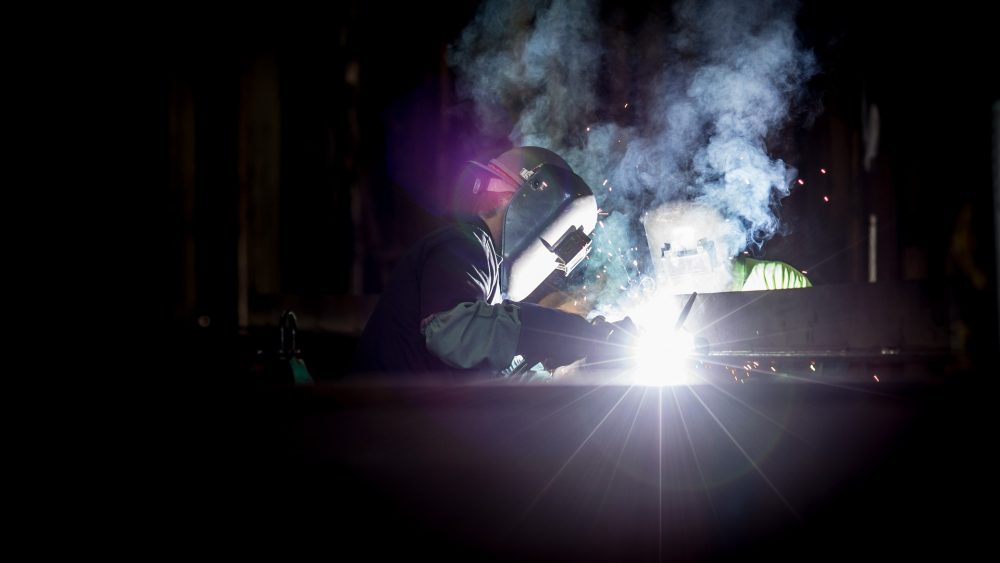
FCA/FCAW Welders
Similar to SMAW, FCA or FCAW (Flux-Cored Arc Welding) doesn’t require a shielding gas. However, the two also have a major difference and that is the use of stick electrodes, or in this case – the lack thereof.
Because it doesn’t need a stick electrode to heat and join metals together, this method is considered to be more convenient than SMAW. Additionally, FCAW also needs a constant current voltage to fuel the consumable tubular electrode.
The FCA welding technique is typically used for bridge construction, barge construction, ship construction, structural steel, or any heavy equipment repair jobs. And this method comes with challenges; therefore, an experienced welder should handle the weld properly.
Two of the most common challenges, especially in construction sites, are burnbacking and birdnesting which cause wire feed stoppages. Burnback is when the weld accumulates in the contact tip due to the incorrect wire feed speed. For instance, if the wire feed speed is slow or if the gun is too near the metal.
In that case, it’s crucial to increase the wire feed’s speed. In addition, the distance from the workpiece and the gun’s contact tip must be not more than 1 ¼ inch.
Birdnesting, on the contrary, is when wires get tangled and create wire feed stoppages. That said, when using this technique, a welder must ensure that they have the correct tension settings and drive rolls, clear liners, proper trimmed liners, and the correct electrode diameter settings.
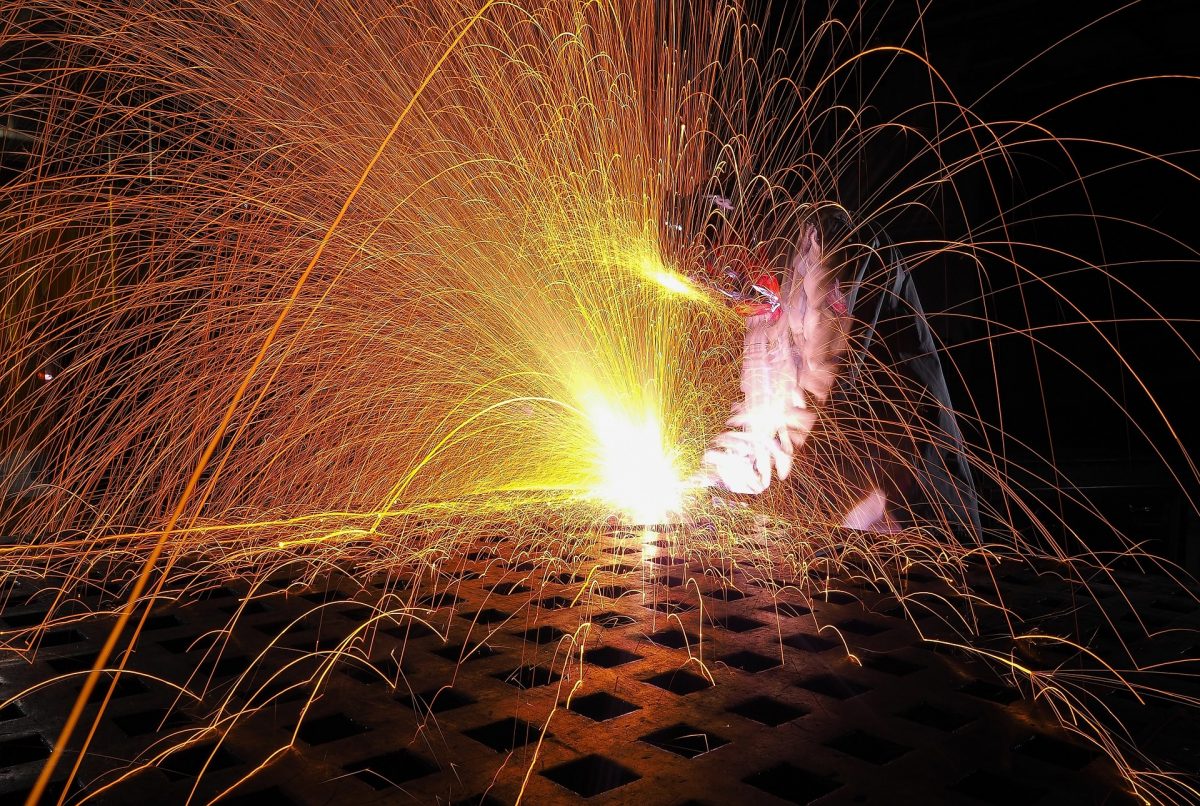
Conclusion
A construction business may need one or two of these methods. Whichever it is, it’s vital to let operators undergo extensive training to keep the highest quality weld as possible and to prioritize the safety of the welders as well.



















